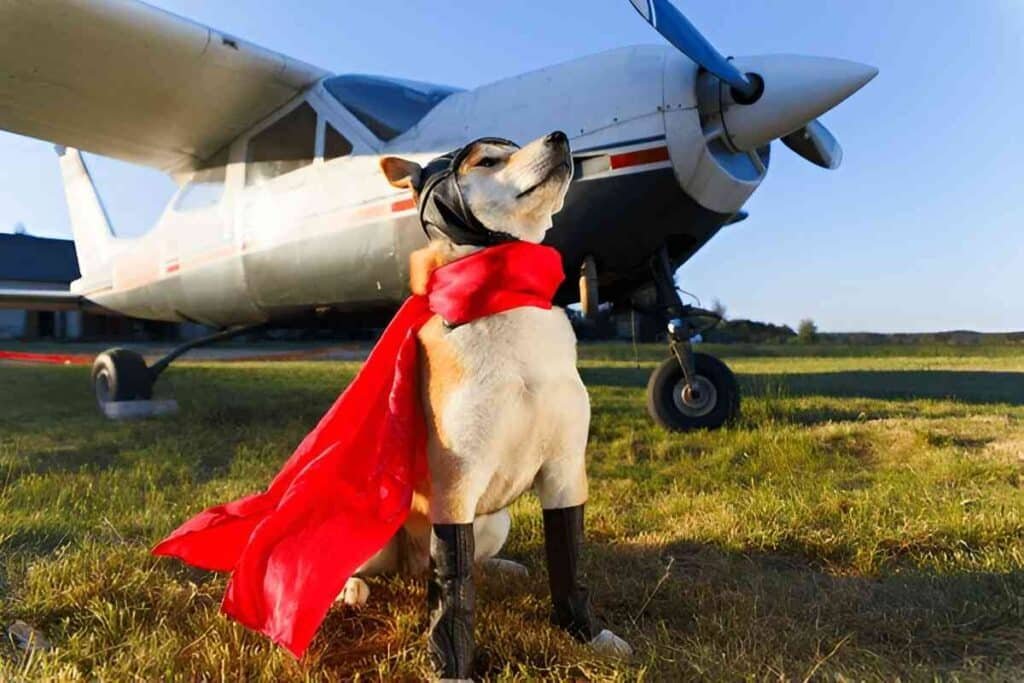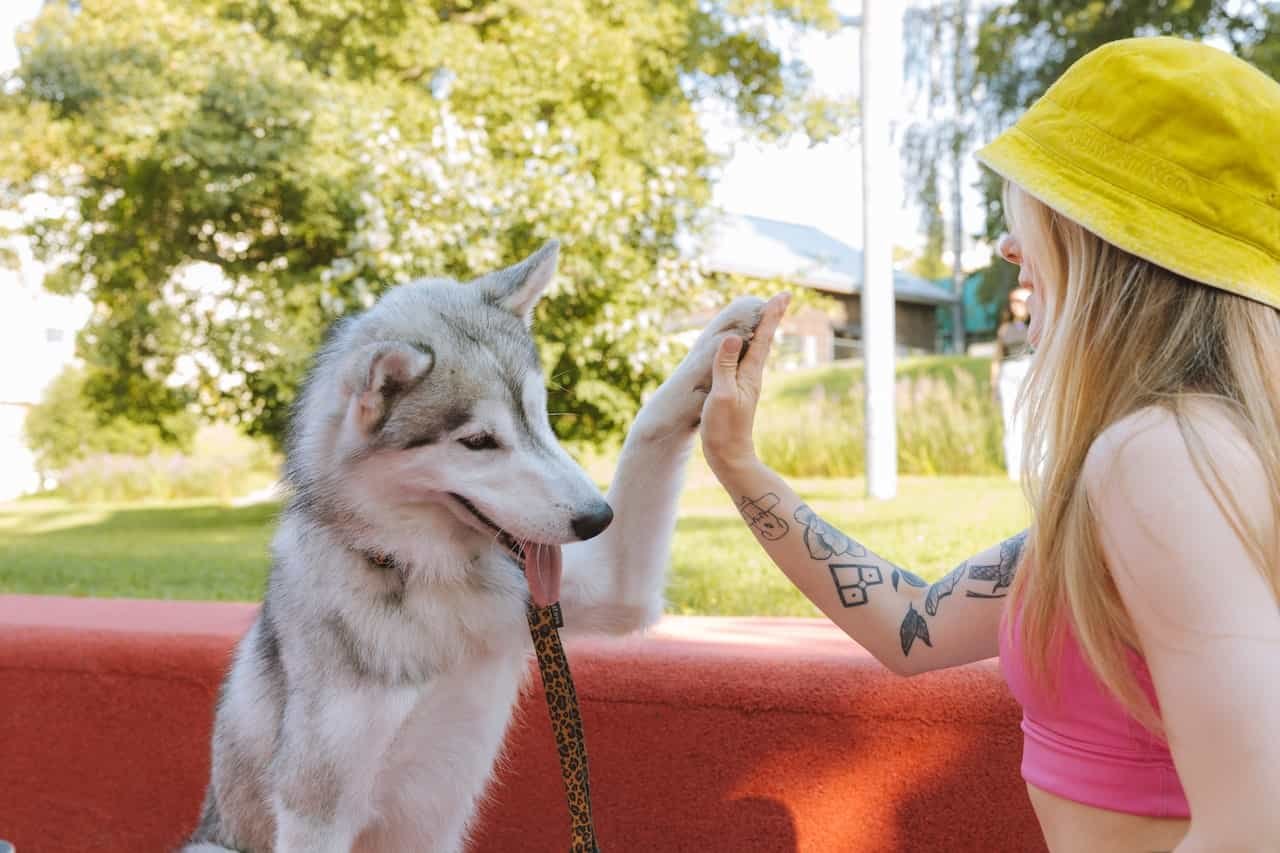How to travel in a plane or train with your dog
If you want to travel by air with your dog, its best to prepare for a smooth experience. It can be for leisure, relocation, or simply traveling with your pet to a preferred location; there are some critical measures that have to be taken to ensure that your dog travels comfortably and conveniently. Here, we are going to look at how to prepare for a flight together with your dog including the trip itself.
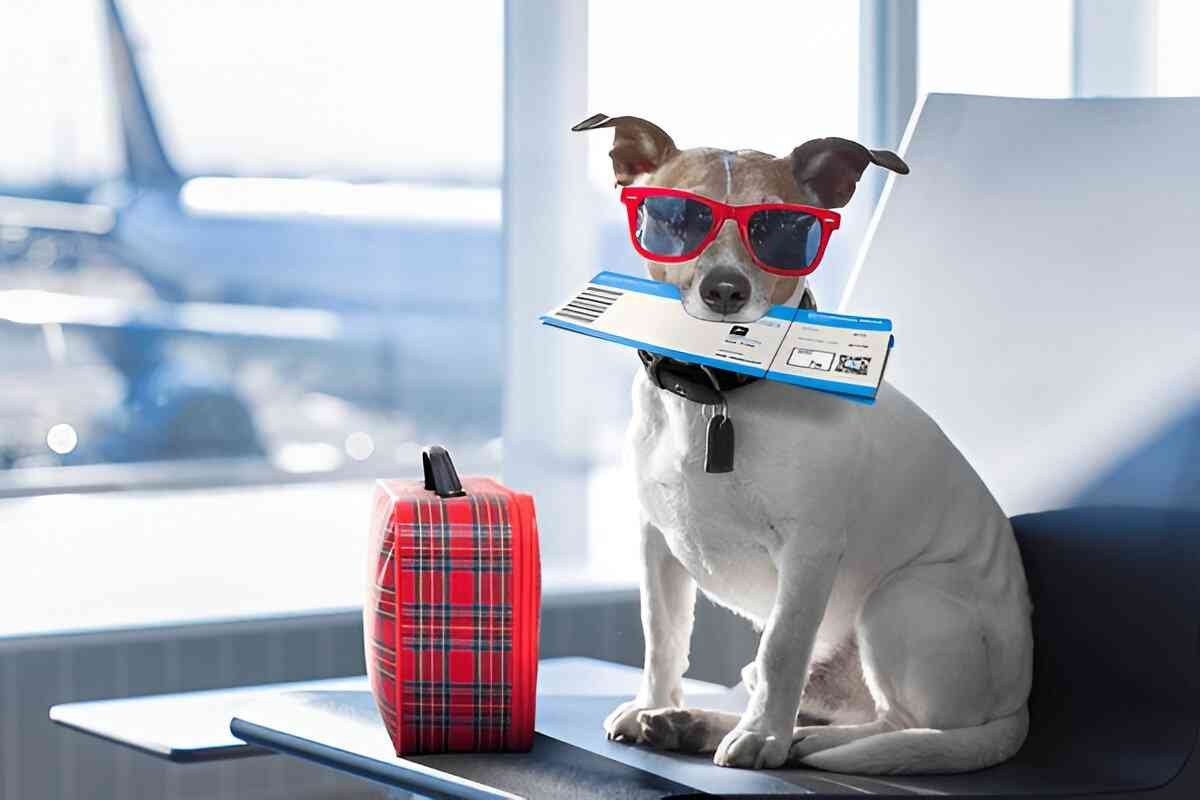
-
The Dog Traveling Policies of Your Chosen Airline
As a first step, it is very important to thoroughly look into the form and type of travel your chosen airline offers before getting your ticket. Policies from airlines differ such as the breed, size of the pet, and how it will be travelled with. Generally, one should check the following:
Pet carrier: Like the others, standard procedure for most airlines is to provide a carrier which is acceptable to be used on the plane. Some carriers allow a few little dogs onto the aircraft, while other larger carriers are strictly limited to the cargo area.
Breed Policies: Specific dog breeds such as brachycephalic (short nosed) dogs have the potential of encountering breathing issues at higher altitudes; thus, some airlines do not allow them on their flights.
Securing a place for your pet: It is advisable to make airline reservations well in advance because the majority of airlines allow only a certain number of pets to travel per airplane.
Pet travel fees: There is a fee for traveling with your pet dog no matter if they go in before the cabin door closes or as checked-in luggage.
-
Take Them to the Vet
It is imperative to visit a veterinarian prior to travelling with your four-legged pooch. Explore the points you need to cover during the consultation:
Consultation: Confirm that your dog is fit to travel. In case the dog has preexisting conditions, once again confirm if travel is permissible.
Vaccination and individual records: A few overseas countries and airlines might need proof of vaccination and a recent health certificate issued not more than ten days prior to the travel date. Make sure that the needed vaccinations are administered and the documentation is ready beforehand.
Sedatives: If the condition of your dog warrants it, do speak to your vet. While most embraces this principle, it has been true in certain cases that some pets are incredibly calm when mildly sedated during the flight. Some adverse reactions to high altitudes is common too so speak to your veterinarian first.
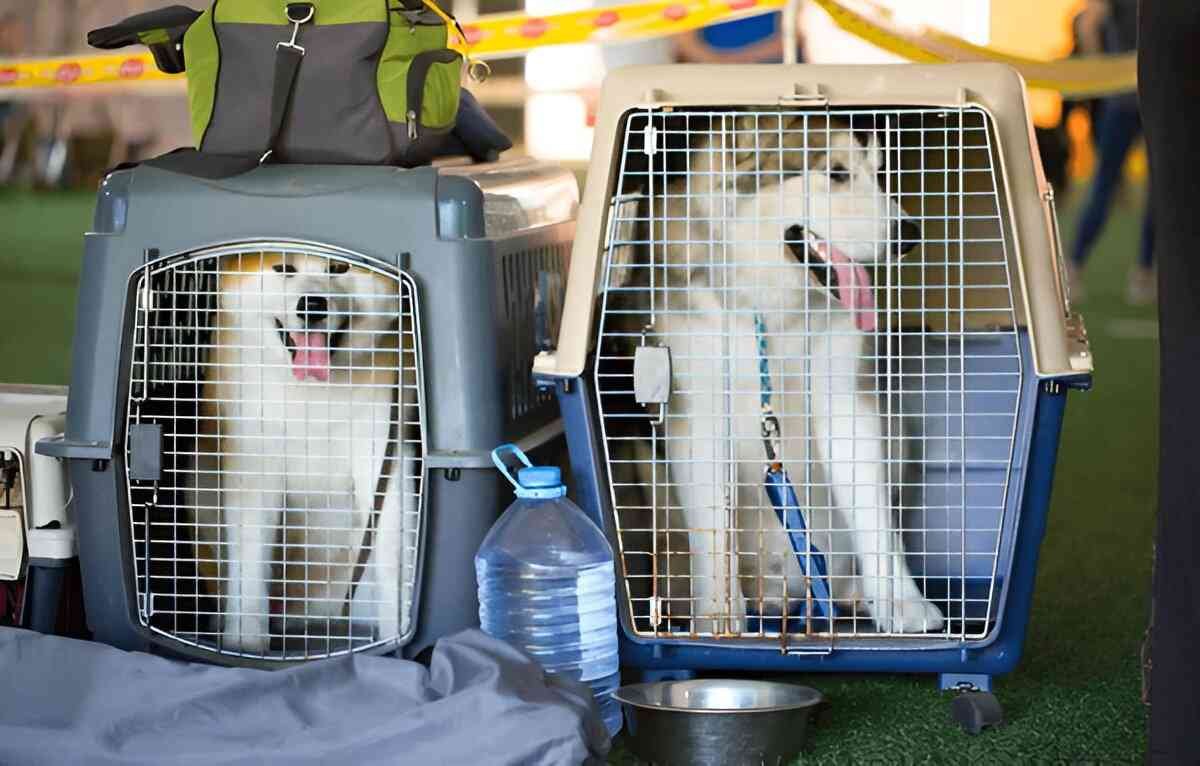
-
Prepare A Comfortable Dog Carrier
The carrier is probably the most important airline traveling equipment for your dog. Also, remember that the carrier has to comply with the airline company regulations regarding dimension and security. Below are some of the tips on how to choose and prepare a carrier.
Size: The dog must be capable of comfortably standing, turning, and lying within the carrier.
Ventilation: Make sure that the carrier is well ventilated on all sides.
Identification: Put a label with your information and details about your dog such as the name, your name, address, and phone number.
Familiarization: Sit your dog in the carrier a little while before the trip so that he gets adjusted to it. You may put some toys or treats inside so that it becomes a familiar space.
-
Prepare Your Dog for The Plane Traveling
Before the flight, it is very important for the dog to feel comfortable and safe. For this, you can consider the following recommendations:
Exercise: The dog should be taken on a bit longer walk prior to the flight to expend some energy before the trip. The more tired the dog is going onto the flight, the more likely the dog will rest instead of exploring the cabin.
Meal Planning: It is best not to feed your dog a large meal immediately before the flight to avoid the chances of vomiting or other discomforts. A light meal that is eaten about four hours before the flight is generally enough.
Hydration: Pay attention to your dog’s water intake so there is no dehydration, but ensure you do not overdo it prior to the flight.
Pre-flight bathroom break: You can assist your dog in using the toilet before you head through the security area.
-
At the Airport
If you are boarding with your dog, some preparations will be required. Here are the details you need to consider:
Arrive early: There is a larger amount of check in time, security, and did toilet breaks so be prepared for the extra time requirement.
Security check: Be prepared to pull your dog out of the carrier bag so you can take them to the metal detector. Your bag will also have to be checked so the scanner can identify everything. Ensure your pet is secure in his harness as it is quite likely that airports will be hectic and fast-paced.
Bathroom breaks: Most airports have pet relief areas where dogs can go to the bathroom. Always use these toilet areas even before the flight in case your dog suffers from anxiety or is afraid.
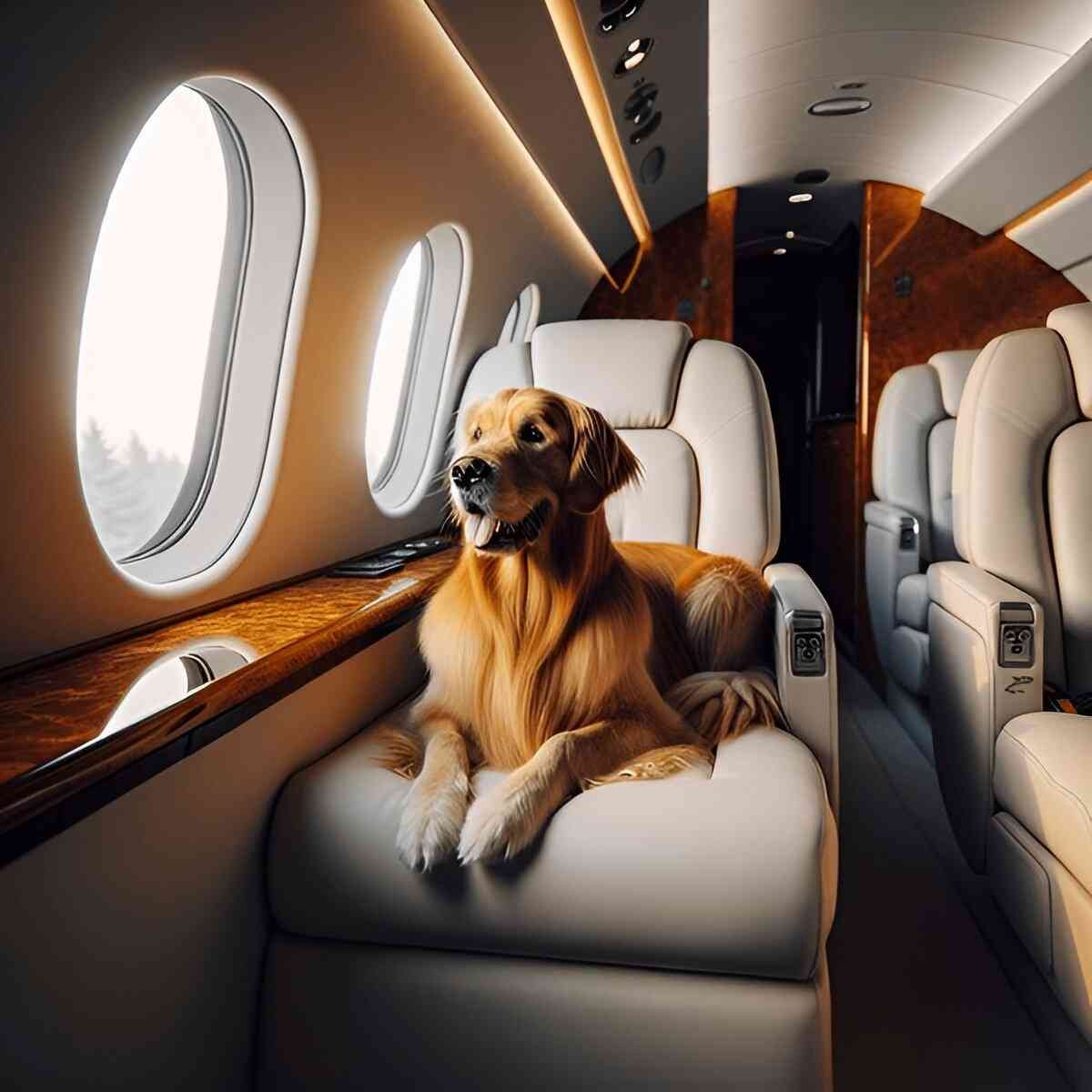
-
Inside Plane During the Flight
Once you board, your dog’s conduct will hinge on their mood and individual characteristics. Here are a number of basic things that will ease the flight experience for both of you:
Contain your dog: If your dog is not small enough to sit under the seat in front of you, they should be placed in the container throughout the flight.
Comfort items: Pack a familiar blanket, toy, or some clothing of yours that will make your dog feel cozy.
Do not detach the carrier: Try not to detach the dog’s carrier during the flight to prevent panic or escape.
Calm environment: If your dog has anxiety, speak to them softly or listen to calming music with your headphones.
-
Getting to Your Target Location
Now that you are settled, it is time to attend to your dog:
Bathroom break: Once you land, take your dog to the nearest bathroom where they can relieve themselves. Chances are would want to stretch their legs after the flight.
Check your dog: Inspect your dog’s body for any discomfort. If they were in the bottom storage unit, make certain that they remain hydrated and do not overheat.
Unpacking the carrier: In case your furry friend is accompanying you on the flight, the carry-on should be placed under the seat in front of you. When you’re done flying and reach your new place, gently take the pet and allow them to get accustomed to the surroundings.
-
Considerations While Traveling with Larger Dogs
Alternatively, if your friendly pet is too big for the front cabin, you will have to keep them in the cargo. In these cases, the following tips might be helpful:
Select a non-stop flight: There isn’t a more direct way to minimize the time your pooch will spend in the cargo area that is not temperature controlled.
Comfortable kennel: The kennel must also be dry and sturdy. Always have a check to see that the kennel has proper ventilation and spillage proof containers for water are fitted.
Cargo conditions: These types of breezy temperatures are not common, but they can go beyond tolerable limits. Airlines do have temperature-controlled closures but make sure they do.
-
And After the Flight
Stress and Anxiety Management: dogs tend to get quite anxious when on planes and may even have a nervous breakdown in the beginning. After the flight:
Adjustment: Make sure to give your dog some time to breathe and adjust to the surroundings. After a long flight, they may even feel a little out of place.
Make sure to hydrate and feed them: Once the flight is done, provide your pet with some food and water. Also, ensure that there is food available during the flight since it can be stressful and dehydrating.
Exercise and bond: Going for a walk with your pet is a good practice because it ensures the dog burns any energy that is stored from the flight.
Conclusion
Flying with your dog is very much possible as long as you prepare appropriately beforehand. These include checking your dog’s airline and airplane policies and ensuring your dog is comfortable on their respective seats. The more attention you give to these details, the more seamless the experience will be for both you and your dog. The good news is with adequate preparations and considerations, your lovable dog can enjoy the trip with you, be it a short flight inside the country or a longer one overseas. Have a good trip!
Dog Traveling By Train
Over the years, traveling by pet using trains has become popular as it is less stressful for the animal, though every train service has its own unique pet policies. Hence, be sure to do your research and check what is permitted and what is not where you are planning on going.
-
Check Train Service Pet Policies
Companies that are responsible for trains have different policies about pets. Some of the general rules are:
Size and Breed Restrictions: Most train services allow dogs not larger than medium size, while larger breeds might have to be transported in specific sections or may need a separate tickets.
Ticket and Fees: Some companies may charge when traveling with a dog ranging from $10 to $50. A few trains might let small dogs travel free of charge, provided they fit in a carrier kept under the seat.
Pet Areas: Some trains have pet sections that you can sit in together with your dog, while other types of trains only permit dogs packed in carriers to be released for the entire trip.
-
Preparing for the Train Journey
Carrier: Just like in the case of air travel, having a proper carrier is a must. Your dog should be placed in a carrier that is not only cozy but amply secure. Numerous trains mandate that dogs stay in carriers regardless of their size.
Identification: Always remember to put an identity badge on your dog which has your contact information and if by any chance your dog goes missing during the trip.
Feeding and Water: During the journey you ought to take with you enough food and water for your pet dog. While some long train rides offer interval stops after which you can walk your dog for bathroom breaks, it still helps to be prepared ahead of time.
Exercise Before the Trip: Before entering the train, allow your dog some freedom to run around. This should help calm your dog in case he contacts some anxiety during the ride.
Train Ride Duration: First consider the duration of the trip and the amount of time your dog will probably spend in confinement. If the trip is long, more frequent breaks are advised especially when there are long stretches of road without stops.
-
Onboard the Train
Comfort Items: My dog’s favorite blanket and chew toys are a must for any long distance trip. This will ensure that my dog stays comfortable during the journey.
Bathroom Breaks: There will more likely than not be stops made during the long train journey which allow me to take my dog out for him to do his business. If my pet doesn’t need to go out immediately, I still have to make sure to offer him the chance when the opportunity arises.
Leash: When taking my dog out of the carrier, I will always have him on a leash. This will secure him and in turn give me control.
-
After Getting Off The Train
Final Bathroom Break: Once you’ve reached your destination, be sure to walk your dog for a quick bathroom break to relieve themselves and stretch their legs.
Hydration and Feeding Time: If there is a need and especially if the journey was exhaustive, do offer your dog some water and food.
Rest Period: Allow your dog some rest and adjustment period to their new environment.
-
Traveling with Your Dog, Schedule Differences – The Plane vs The Train:
Airline vs Train: Undoubtedly, it is easier to travel with a dog on a train than on a plane due to the fact that there are far more restrictions with regards to the animal’s size and behavior while flying. Still, there might be some oddball train services that could be a tad more cumbersome. Be sure to check for any peculiarity before the trip itself.
Comfort and Space: Dogs are said to have more rough space while on a flight than a train. Trains are presumed to give the canine more space than humans which also tend to be in a more comfortable setting. The cargo hold of the plane does mean the dog is likely to be in a much more confined area, which could be deteriorating.
Temperature Control: It’s known that the cargo area of airplanes does fluctuate in temperature, leading to harsh fluctuations for the pet. On the other hand, trains have a more consistent environment for the pet.
Bathroom Breaks: There is a greater possibility for taking dogs on bathroom breaks as trains have more scheduled stops. This is unlike airplanes, which are quite restrictive when it comes to bathroom breaks, especially on longer flights.
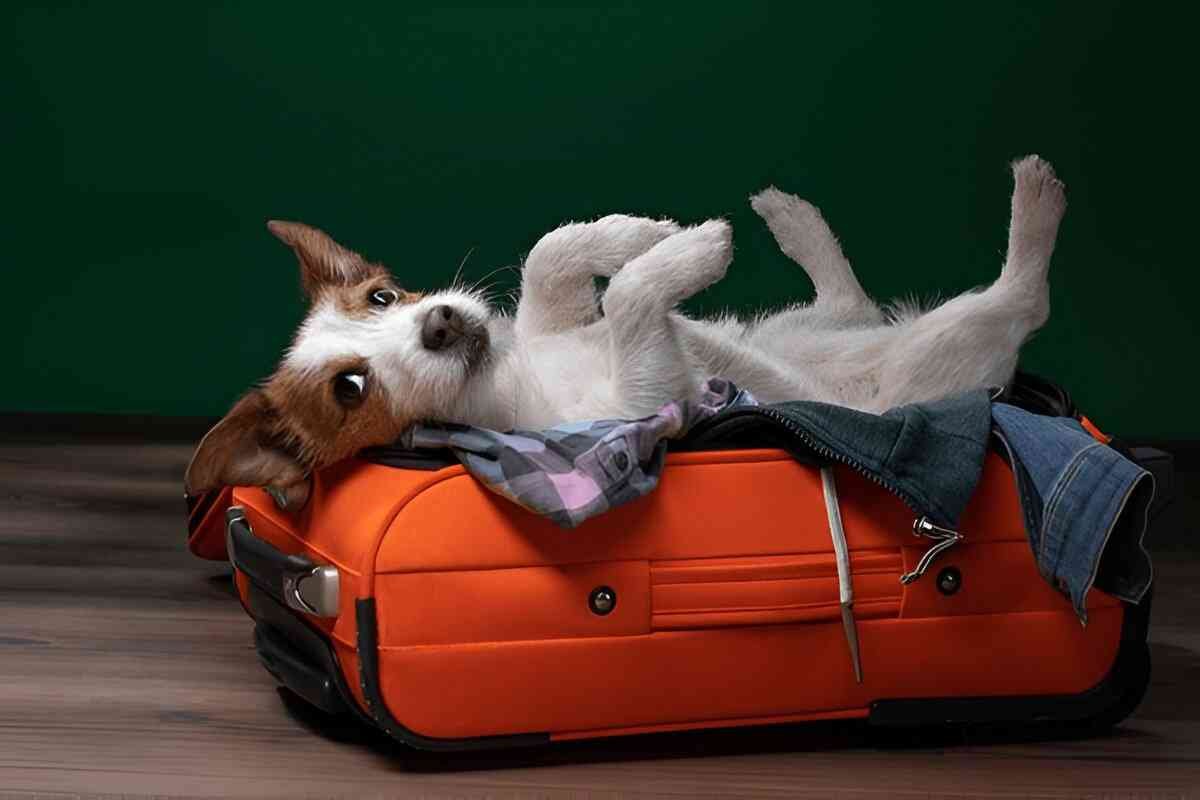
-
Best Tips for Dog Travel on Train and Plane
Schedule During Less Busy Hours: Try to purchase both airplane and train tickets during less busy hours to minimize the stress levels of your pet and avoid overwhelming crowds.
Maintain Composure: Make an effort to remain calm before getting on the plane, this will help your pet feel at ease as well.
Be Prepared: To help your pet feel as comfortable as possible during both journeys, pack your dog’s favorite toys, food, water, dog leash, waste bags, and a few more items that they may need.
Keep Your Pet Covered: If your dog will be traveling in cargo, it is ideal that you look into getting your pet insurance in case any problems arise.
Verdict
Both dog owners and their pets have to put in a bit more effort when it comes to traveling via airplane and train, but in the end, it can be a pleasant experience as long both the dog and owner are well prepared. Make sure to familiarize yourself with the pet rules of the airline and train. It is also essential to ensure the dog is feeling comfortable and safe within the carrier, while also planning for bathroom breaks and meals in advance. With the right care and attention, your dog stands to enjoy the journey just as much as you do!
